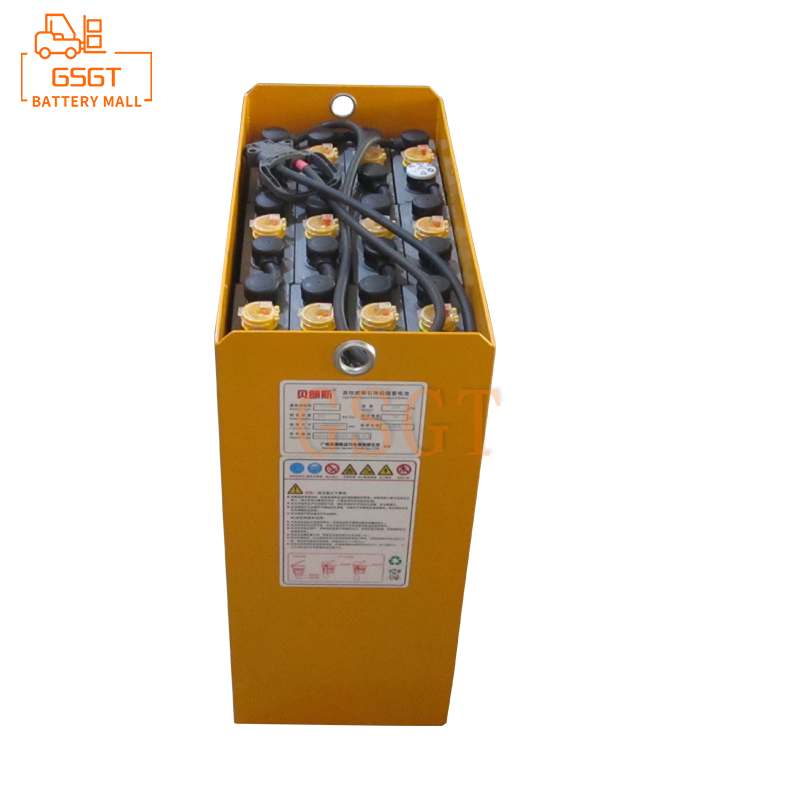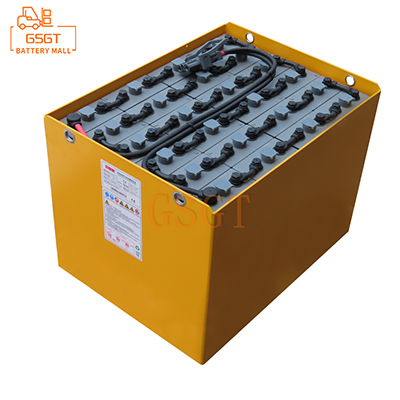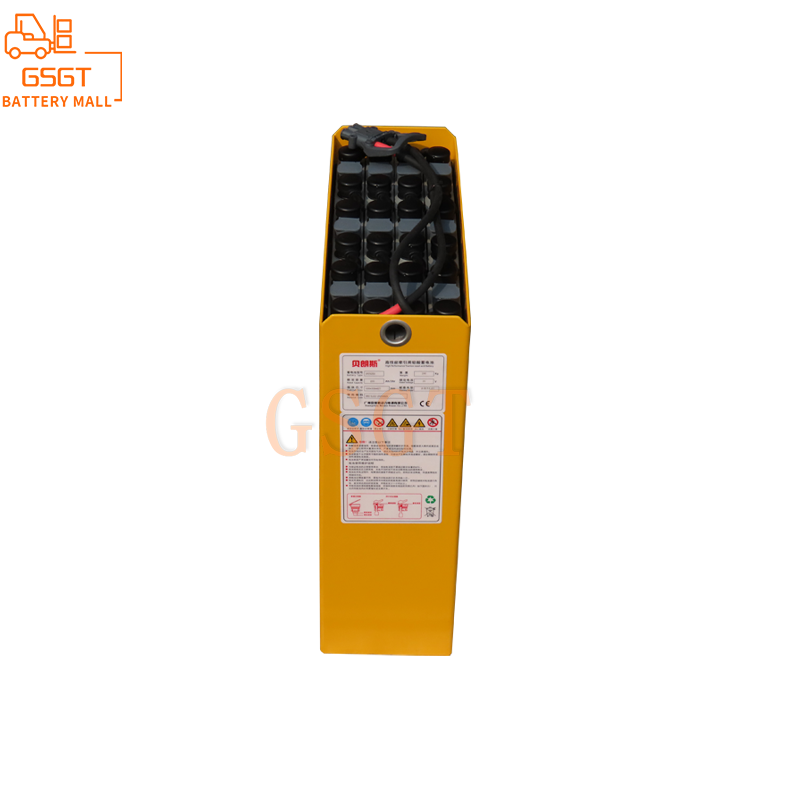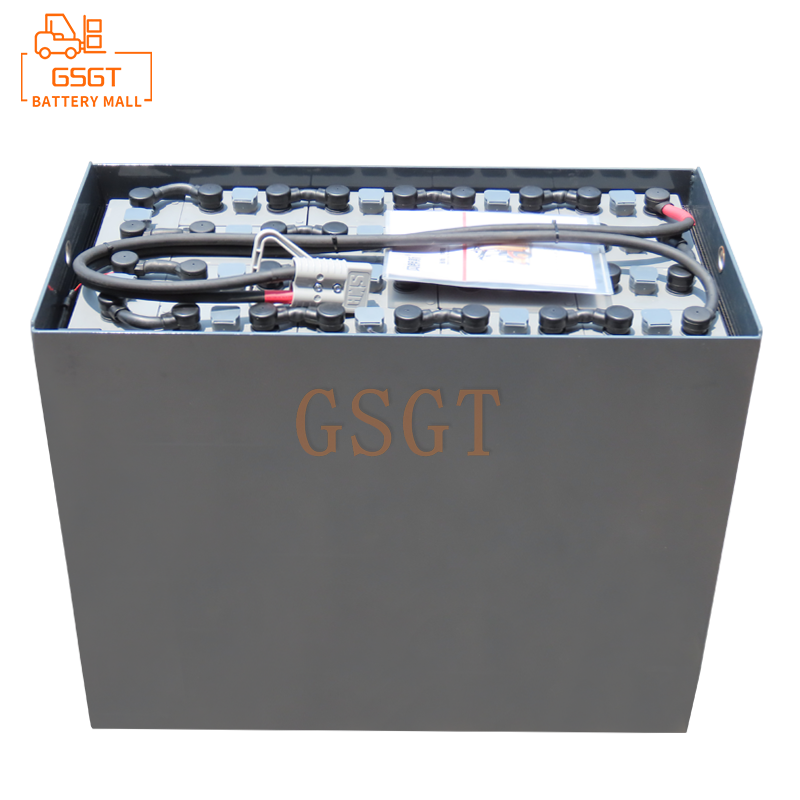Time:2025-03-31 10:16:49
Browse:484
Under the background of the increasing global environmental awareness and the continuous tightening of regulations and standards, the forklift lead-acid battery industry is facing unprecedented challenges. From the pollution control of the production link to the recycling treatment after scrapping, the new environmental protection regulations cover the whole life cycle of lead-acid batteries, and how to comply with the new regulations to achieve sustainable development has become a problem that the industry needs to solve.
## Green upgrade of production process
In the past, in the production process of lead-acid batteries, lead dust and acid wastewater discharge were the two major "culprits" of environmental pollution. In order to meet the new environmental protection regulations, enterprises must first innovate the production process. In the lead powder preparation process, closed and highly automated equipment is used to reduce the lead dust from the source. For example, the introduction of advanced pulsed lead powder manufacturing technology, through the precise control of reaction conditions, not only can improve the quality of lead powder, but also reduce lead dust emissions by more than 50%. This technology uses high voltage pulse current to instantly convert lead raw materials into uniform and fine lead powder under specific environment, which is completed in a confined space and effectively eliminates the risk of lead dust leakage.
For acidic wastewater, a perfect recycling treatment system is constructed. First, neutralization and precipitation method is used to remove heavy metal ions in wastewater. By adding alkaline agents, heavy metals such as lead ions can form precipitation and achieve preliminary separation. Then the ion exchange resin is further purified, and the residual impurities are deeply removed by the selective adsorption characteristics of the resin for different ions. The treated water can be used back in the production process, such as plate cleaning, electrolyte configuration and other links, to achieve nearly 100% recycling of water resources, and significantly reduce wastewater discharge. Some enterprises have also introduced an intelligent monitoring system to monitor the indicators in the wastewater treatment process in real time, and automatically adjust the treatment parameters immediately once there is an anomaly to ensure that the wastewater treatment is always stable and up to standard.
## Improve the battery recycling rate
Lead, sulfuric acid and other substances contained in lead-acid batteries, if improperly disposed, will seriously pollute soil and water. The new environmental protection regulations put forward strict requirements for recycling links, prompting enterprises to build standardized recycling systems. On the one hand, strengthen cooperation with end users such as forklift manufacturers and logistics enterprises to establish a convenient recycling network. Set up special recycling points in forklift sales outlets and logistics parks, encourage users to return scrapped batteries to designated recycling points through online and offline publicity, and give certain economic subsidies, such as subsidies ranging from 50-100 yuan per scrapped battery, to improve the recovery rate. Some companies have also launched door-to-door recycling services to further reduce the cost of returning batteries to users and improve recycling efficiency.
On the other hand, invest in upgrading recycling technology. Although traditional fire recovery can extract lead, it has high energy consumption and large waste gas emission. The emerging wet recovery technology has significant advantages, and the lead in the battery is dissolved by specific chemical reagents, and then through a series of separation and purification processes, not only the lead can be efficiently recovered, but also other valuable components such as sulfuric acid can be recovered simultaneously. For example, the chlorine salt system leaching method is used to break the scrapped battery and immerse it in the solution containing chlorine salt. Lead reacts with chlorine salt to form soluble lead salt. Through filtration, extraction, reverse extraction and other steps, the lead recovery rate can reach more than 98%, and the exhaust gas emission is greatly reduced. Some companies are also exploring the direct use of recycled lead in the production of new battery plates, forming a "recycling-production" closed loop to further reduce resource consumption and production costs.
## Promote the development of environmentally friendly new products
In order to fundamentally reduce the impact of lead-acid batteries on the environment, the development of environmentally friendly new products is the long-term development direction. The research team is focusing on new electrode materials and electrolytes. For example, try to modify the lead plate with graphene, and use the excellent electrical and mechanical properties of graphene to enhance the electrical conductivity and corrosion resistance of the plate. In the plate preparation process, the graphene is evenly dispersed in the lead paste, the internal resistance of the plate made is reduced by 15%-20%, the battery charging and discharging efficiency is significantly improved, the service life is extended by 20%-30%, the battery replacement frequency is reduced, and the resource consumption and pollution emissions are indirectly reduced.
In terms of electrolyte, explore the use of water-based, low toxicity and environmental protection electrolyte to replace traditional sulfuric acid. Some research teams have developed electrolytes based on organic acid salts, whose pH value is close to neutral, less corrosive to equipment, and more stable performance at low temperatures. Once these new technologies mature and realize industrialization, it will open up a new path for the green development of the forklift lead-acid battery industry, so that it can gain a firm foothold in the wave of new environmental protection regulations, and continue to provide reliable power support for the industrial logistics field. Enterprises can also establish industry-university-research cooperation mechanisms with universities and scientific research institutions to accelerate research and development and application transformation of new technologies, jointly meet the challenges brought by new environmental protection regulations, and achieve sustainable development of the industry.

$1105

$3405

$1270

$2140

MESSAGE
Professional And Efficient
Security
Affordable Price
Professional Services